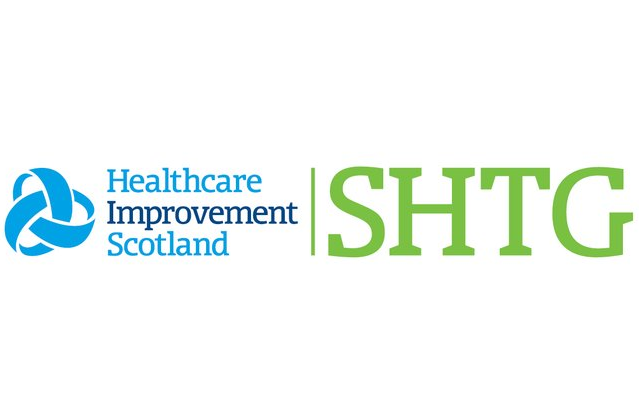Placental growth factor (PlGF)-based testing to help diagnose suspected preterm pre-eclampsia

SHTG Recommendations for NHSScotland
1. The following placental growth factor (PlGF)-based tests, used with standard clinical assessment, are recommended as an option to help clinicians rule in or rule out preterm (between 20 weeks and 36 weeks and 6 days of pregnancy) pre‑eclampsia:
- DELFIA® Xpress PlGF 1‑2‑3
- DELFIA® Xpress sFlt‑1/PlGF 1‑2‑3 ratio
- Elecsys® immunoassay sFlt‑1/PlGF ratio
- Triage® PlGF Test.
Not all manufacturers indicate their tests are suitable for use across the 20 weeks to 36 weeks and 6 days of pregnancy range. The tests should be used according to their indications for use.
2. Using PlGF-based testing may particularly benefit groups of people who have a higher risk of developing pre-eclampsia and having severe adverse pregnancy outcomes, such as people from African, Caribbean and Asian family backgrounds, or people from more deprived areas.
3. A positive PlGF-based test used alongside standard clinical assessment can help clinicians make a diagnosis of pre-eclampsia. The PlGF-based test does not indicate the severity of the condition. PlGF-based test results should not be used to make decisions about timing of birth in people with preterm pre-eclampsia. NICE guideline on hypertension in pregnancy has recommendations on timing of birth.
4. A PlGF-based test should be used once per episode of suspected preterm pre‑eclampsia. Further research is recommended on repeat testing. This should include:
- exploring the different scenarios in which repeat testing may be indicated
- the appropriate intervals between PlGF-based tests, and
- the diagnostic accuracy of repeat PlGF-based testing.
5. BRAHMS sFlt‑1 Kryptor/BRAHMS PlGF plus Kryptor PE ratio is not recommended for routine use in the NHS. Further research is needed to show the accuracy of this test when using specified thresholds.
6. Further research is recommended into how the test will be used in people who are pregnant with more than one baby, and whether different test result thresholds are needed.
This Scottish Health Technology Group (SHTG) recommendation is based on guidance produced byPLGF-based testing to help diagnose suspected preterm pre-eclampsia Diagnostics guidance [DG49]. This guidance was considered and modified following an SHTG adaptation process. NHSScotland is required to consider SHTG Recommendations.
NHSScotland is required to consider the Scottish Health Technologies Group (SHTG) advice.
How the Council reached the recommendation
In making recommendations for Scotland, the Council took into account the NICE guidance and the evidence review underpinning it, and the views of the Scottish topic experts.
- The Council members discussed the potential benefits of PlGF-based testing in improving the care of pregnant people with suspected preterm pre-eclampsia and the appropriate targeting of treatment for patients. They noted that PlGF-based tests may particularly benefit groups of people who have a higher risk of developing pre-eclampsia and having severe adverse pregnancy outcomes, for example pregnant people from African, Asian or Caribbean backgrounds. People from more deprived areas may also have a greater risk of developing pre-eclampsia.
- The Council highlighted the potential savings that could be realised through the use of PlGF- based testing, via the avoidance of unnecessary hospital admissions when preterm pre-
eclampsia can safely be ruled out, and the appropriate targeting of treatments for people with confirmed preterm pre-eclampsia. - PlGF-based testing is not used routinely anywhere in NHSScotland. The Council acknowledged that introducing PlGF-based tests would have implications for laboratory services, including staff workload and training.
- The Council discussed whether some boards may be able to run the tests on behalf of other boards, and that this could help ensure equity of access to testing. The Council noted that out of area testing will affect the turnaround time from sample to a result, especially in remote and rural areas. Clinical experts advised that a test result within 4 hours is optimal, but that the test results will still be useful with a longer turnaround time.
- The Council were mindful of the ongoing research around PlGF-based testing, particularly PARROT-2, which will provide information on the impact of testing on parent and fetal/neonatal outcomes, and data on the use of repeat testing within an episode of preterm pre-eclampsia.
- The Council agreed that PlGF-based tests should be equally accessible to people living in remote and rural areas across Scotland. The availability of PlGF-based testing as part of a laboratory platform or a point-of-care test may help to ensure that tests are available to suit local geographies.
Date of publication: 23 March 2023